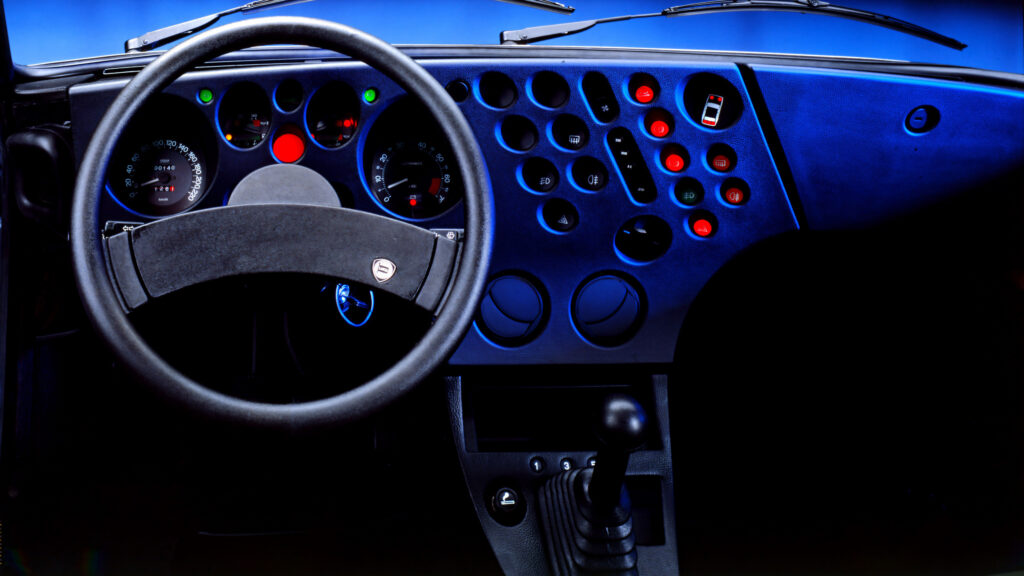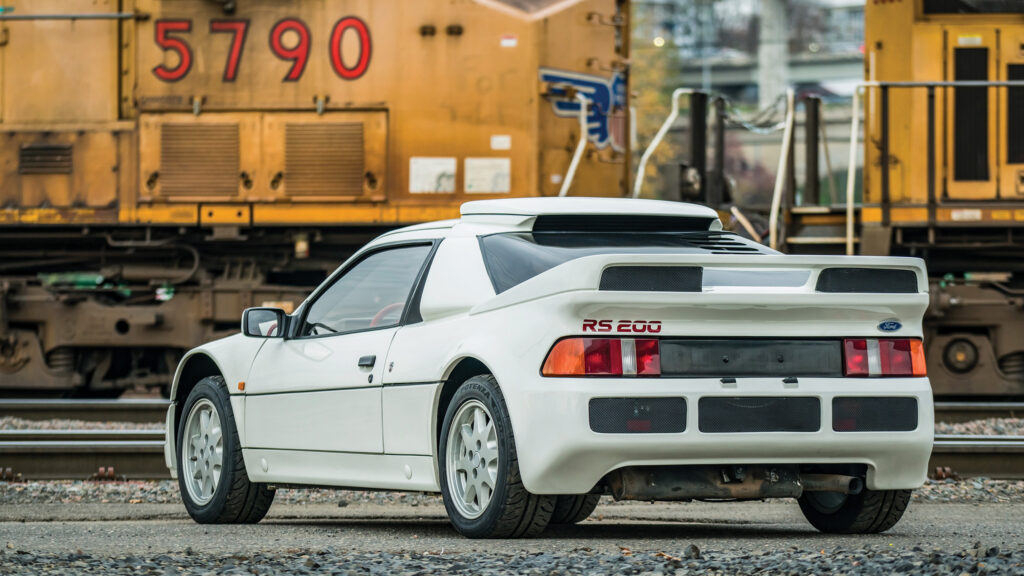If a vehicle is at least 25 years old, it’s exempt from the new tariffs when imported to the US
April 12, 2025 at 10:31

- Classic cars have escaped the pain of Trump’s new import tariffs.
- Vehicles over 25 years old sidestep the 25 percent duty on autos.
- Policy dovetails with the existing 25-year rule on importing classics.
Porsche, Jaguar, Bentley and other brands without a production site in the US aren’t the only ones panicking over Donald Trump’s new 25 percent tariffs on auto imports. So were the much smaller companies that deal in selling vintage cars from those brands, but now those outfits are breathing a sigh of relief.
More: Audi Stops All US Vehicle Exports Over Tariffs
That’s because while new cars are subject to the 25 percent tariff, a measure that has pushed Audi and JLR to temporarily pause all deliveries to the US, collector cars avoid the new duties. That’s great news for both fans of classic cars residing in the States and the specialist firms both inside and outside the country whose living depends on a healthy demand from America.
Tariffs Could’ve Stung Harder
Had vintage cars been subject to the 25 percent tariff, prices would’ve skyrocketed. A $100,000 Lancia Delta Integrale would’ve become a $125,000 proposition, a Ford RS200 (pictured below) could’ve been inflated by $150,000, and some of the most coveted 1960s Ferraris might’ve seen their price tags increase by over a million bucks. Instead, those cars will continue to enter the country as before, being only subject to a 2.5 percent duty, and demand shouldn’t be affected.
If imported vintage cars were subject to the 25 percent tax, this would be a catastrophe for an industry that relies on 43 million classic cars in the US and a combined value of more than $1 trillion, according to data from Hagerty.
The 25-Year Rule Catch
There is a catch to this exemption, though, and it’s that only cars 25-years-old or older qualify. If the vehicle entering the country is 24 years and 364 days old or younger, it’ll still be hit with the same 25 percent tariff as a new car. Which means machines like BMW’s E46-gen M3 CSL, which has only just celebrated its 20th birthday, and the even younger Subaru Impreza RA-R, are now far more expensive to import than before April 2, when the new tariff came into effect.
More: 12 Forbidden Cars You Can Finally Import In 2025
But since the 25-year tariff rule tallies with the existing rules that stipulate only imports older than 25 years which don’t meet federal safety and emissions regulations can be legally used on America roads, that shouldn’t be a problem.
The Logic Behind the Exemption
Exempting classics makes perfect sense, lawyers from Simon Gluck & Kane LLP argued in a letter to US Trade Representative Jamieson Greer, as reported by Bloomberg. If the imposition of a 25 percent tariff resulted in a car not being imported to the America because it had become too expensive, not only would the government miss out on the duty, but the states would also lose funds from taxes raised by the sale of the car inside the US. That revenue could be as high as $700k on a $10 million blue-chip classic, Bloomberg notes.
We don’t know whether President Trump is a classic car fan, but either way, it’s all about money, right? And the US stands to lose a lot of it if it subjected classic cars, some of which are worth many millions, to the same tariff as new ones. Combine that with Jay Leno’s visit to California Capitol last week in order to advocate for a bill that would exempt cars 35-years-old or more from smog checks, and US collectors have one more reason to be happy – other than the beauties already in their garage, that is.



